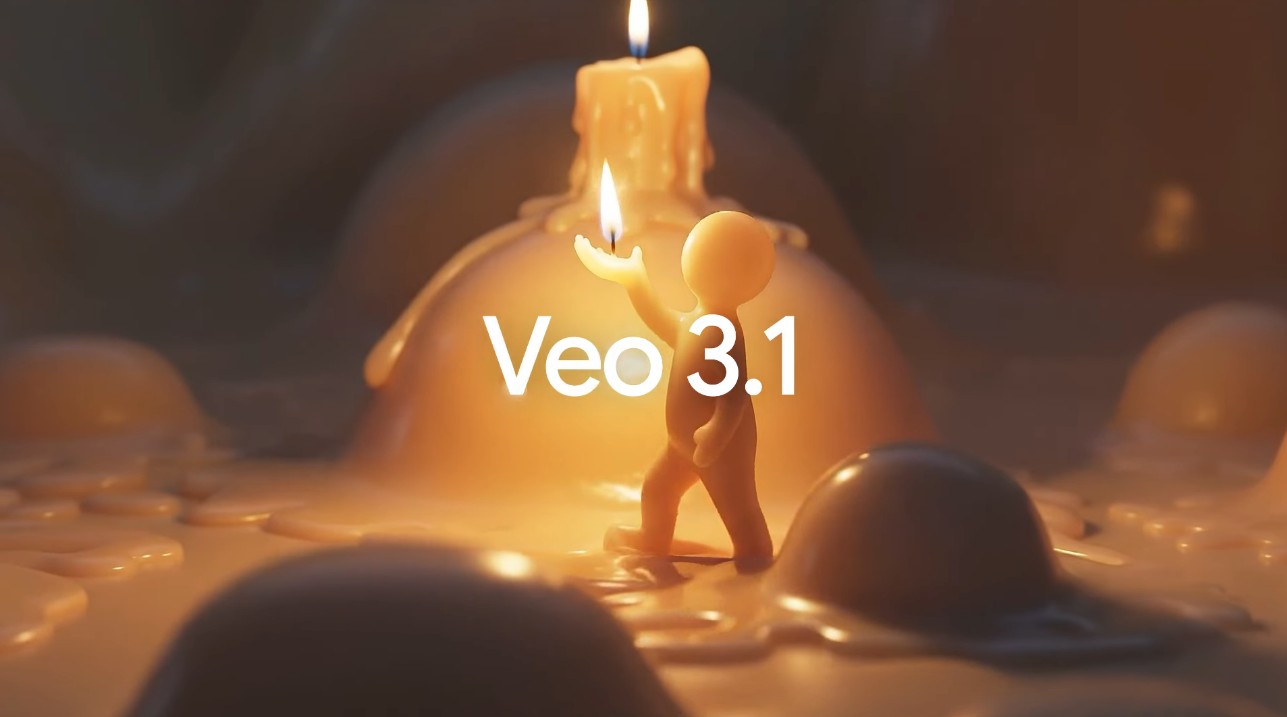
Google released Veo 3.1 on Wednesday, bringing precision video editing features once reserved for professional studios to anyone with internet access. The update lets users add objects to scenes with realistic shadows and lighting, extend videos up to a minute long, and generate synchronized audio—all without expensive software or training.
The tech giant’s Flow filmmaking tool has already produced 275 million videos since launching five months ago. Now, creators can insert new elements into existing footage, with the artificial intelligence (AI) automatically handling complex details like shadows and scene lighting to make additions look natural.
“We’re always listening to your feedback, and we’ve heard that you want more artistic control within Flow, with increased support for audio across all features,” wrote Jess Gallegos, senior product manager at Google DeepMind, and Thomas Iljic, director of product management at Google Labs, in the announcement.
Google’s release comes weeks after OpenAI released its Sora iPhone app. But while competitors focus on realism and raw video generation quality, Google is betting on usability and professional editing capabilities.
Three features now include audio generation for the first time. “Ingredients to Video” lets users upload multiple reference images to control characters, objects, and style. “Frames to Video” creates seamless transitions between the starting and ending images. The “Extend” feature can stretch clips to over a minute by building on the final second of existing footage.
Soon, users will be able to remove unwanted objects or characters from scenes entirely. Google says Flow will reconstruct backgrounds and surroundings to make it appear as though removed elements were never there.
These capabilities usually require specialized software and years of training. Professional video editors spend hours manually adjusting shadows and lighting when compositing new elements into scenes. Google’s AI handles these tasks automatically.
Veo 3.1 and a faster, more affordable “Veo 3.1 Fast” variant are available through the Gemini app, Gemini API, and Vertex AI for developers and enterprise customers. The model now supports both landscape and portrait video formats, accommodating platforms from YouTube to TikTok.
“These features are experimental and actively improving, and we’re excited to see what you create as we iterate based on your feedback,” Gallegos and Iljic added.
The democratization of video editing tools raises questions about the authenticity of content. As AI-generated videos become indistinguishable from real footage, distinguishing between authentic and synthetic content becomes increasingly difficult.
Google confirmed Veo 3.1 costs the same as its predecessor through the Gemini API’s paid preview program.






















